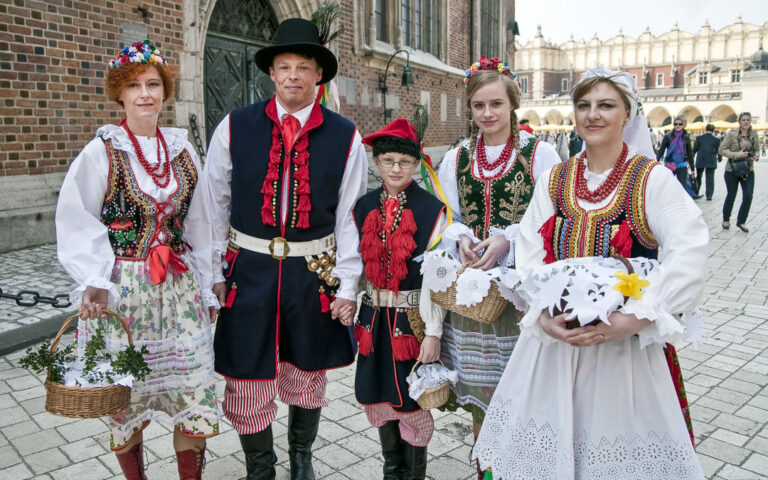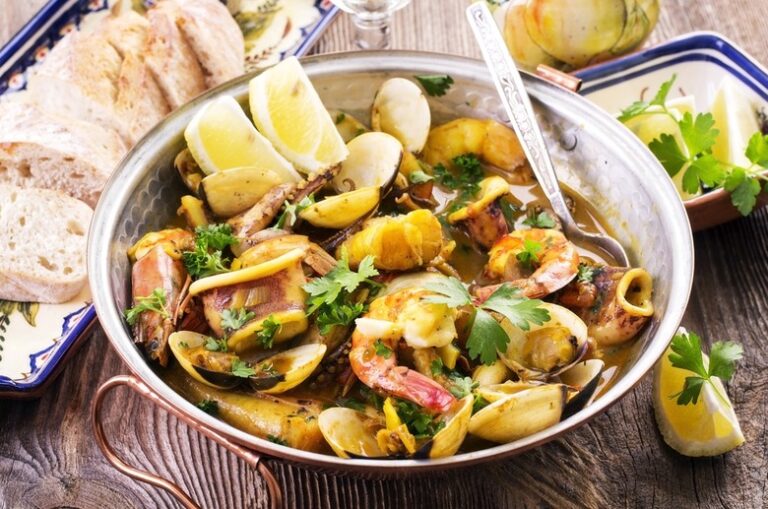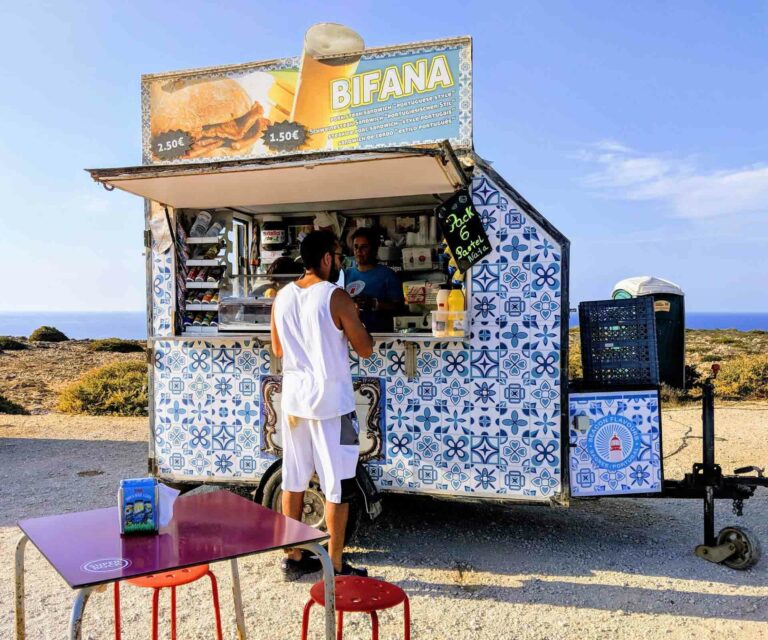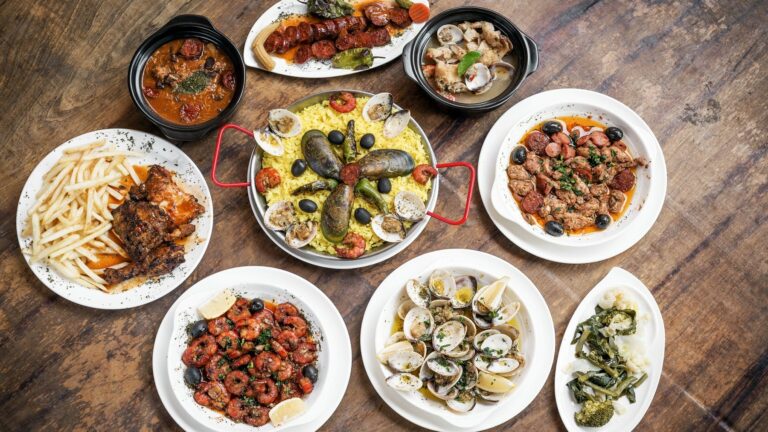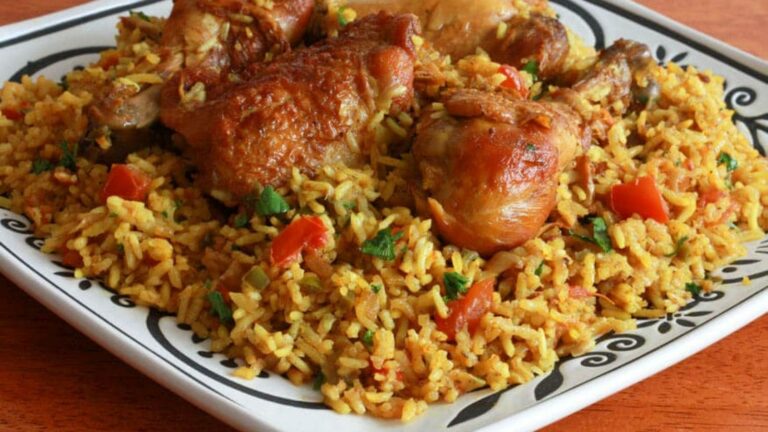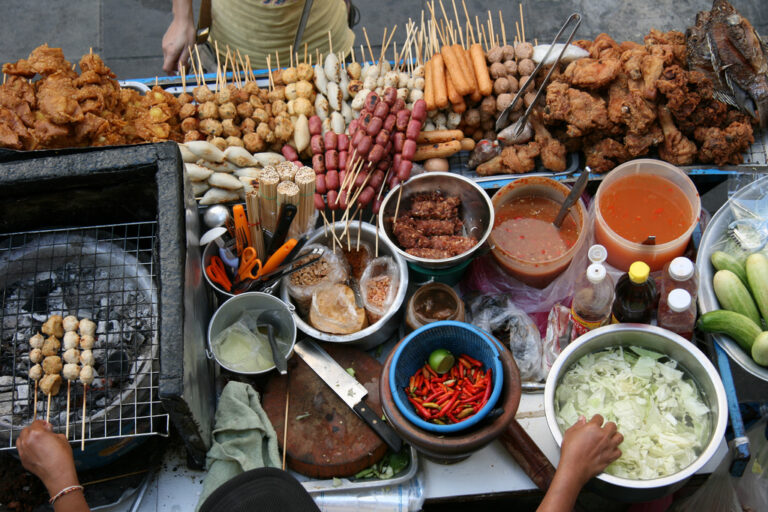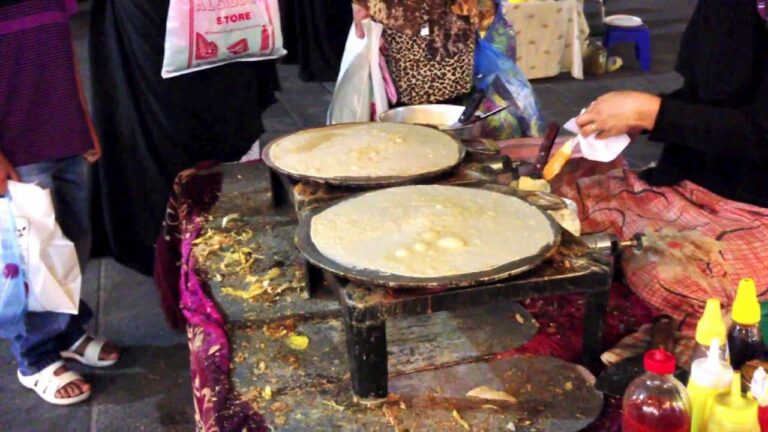Introduction: Polish cuisine and cultural traditions
Polish cuisine is deeply rooted in the country’s cultural traditions. It reflects the history, geography, and climate of Poland, as well as the customs and beliefs of its people. Polish cuisine is known for its hearty, rustic dishes, made with simple, yet flavorful ingredients. It is also characterized by its rich, warming flavors and generous portions.
Historical influences on Polish cuisine
Polish cuisine has been influenced by a variety of historical factors, including its location at the crossroads of East and West, the country’s long and tumultuous history, and the influence of neighboring cultures. Some of the key culinary influences on Polish cuisine include the migration of German, Jewish, and Lithuanian populations, as well as the introduction of foreign spices and ingredients through trade. Additionally, the food of Poland’s nobility, which included dishes such as roasted meats, stews, and soups, has also had a significant impact on the country’s cuisine.
Regional diversity in Polish cuisine
Like many countries, Poland’s cuisine varies greatly from region to region. Each region has its own culinary traditions and specialties, often influenced by the local landscape, climate, and cultural heritage. For example, the cuisine of northern Poland is characterized by its seafood dishes, while the south is known for its hearty meat stews and sausages. The eastern region of Poland is famous for its pierogi (dumplings), while in the west, dishes such as potato pancakes and sauerkraut are popular.
Traditional ingredients and dishes in Polish cuisine
Polish cuisine is known for its use of simple, fresh ingredients, often sourced from local farms and markets. Some of the most common ingredients in Polish cuisine include potatoes, cabbage, sour cream, dill, and pork. Some of the most popular traditional dishes include pierogi, bigos (a meat and cabbage stew), kielbasa (sausage), and barszcz (a beetroot soup).
Festivals and celebrations in Polish cuisine
Polish cuisine is closely tied to the country’s festivals and celebrations, many of which involve traditional foods and drinks. For example, on Christmas Eve, it is traditional to eat a meal consisting entirely of vegetarian dishes, including pierogi filled with sauerkraut and mushrooms, and barszcz with mushroom dumplings. Easter is another important holiday in Poland, with dishes such as butter lamb and babka (a sweet cake) often enjoyed.
Modern adaptations and trends in Polish cuisine
In recent years, Polish cuisine has undergone a revival, with chefs and restaurateurs putting modern twists on traditional dishes. This has led to a growing interest in Polish cuisine both domestically and internationally. Some of the trends in modern Polish cuisine include an increased focus on regional ingredients and dishes, as well as a greater emphasis on vegetarian and vegan options. Additionally, chefs are experimenting with new flavor combinations and cooking techniques, while still staying true to the country’s culinary heritage.

